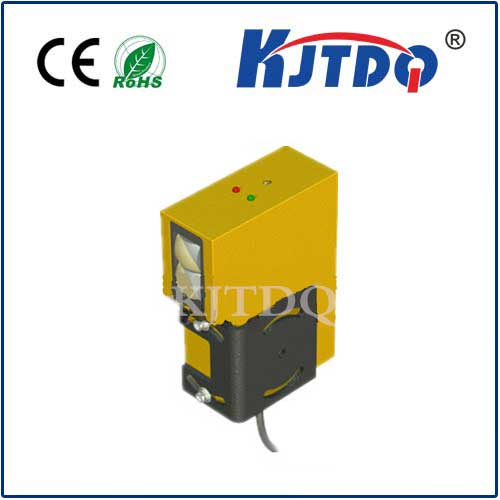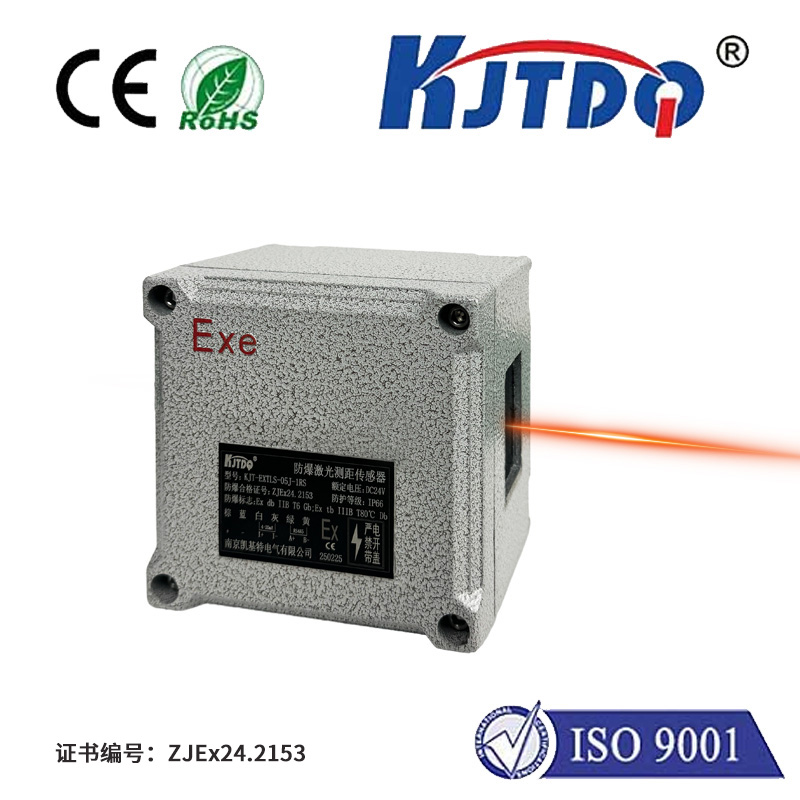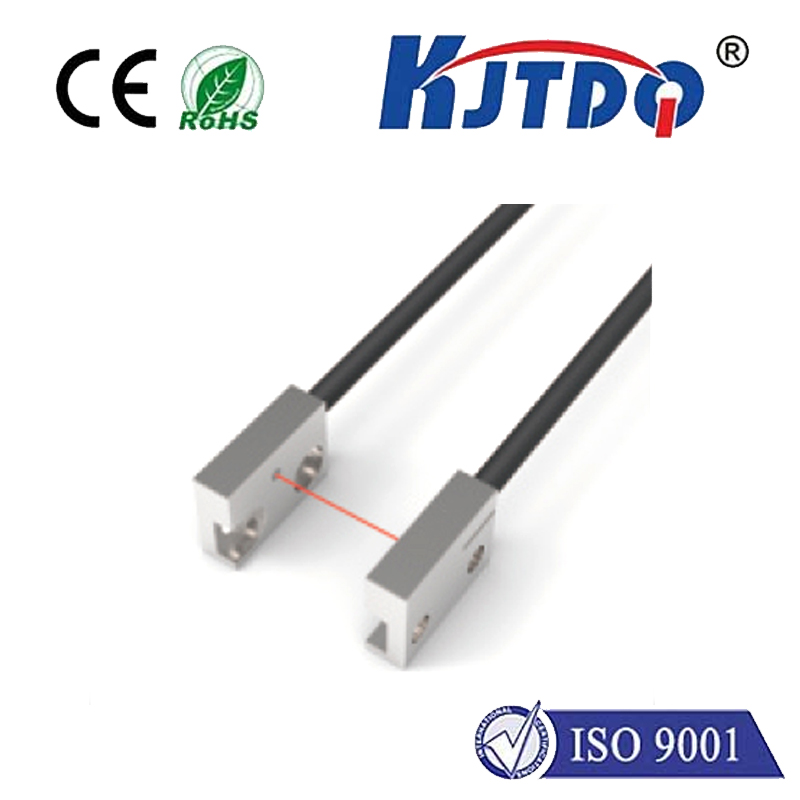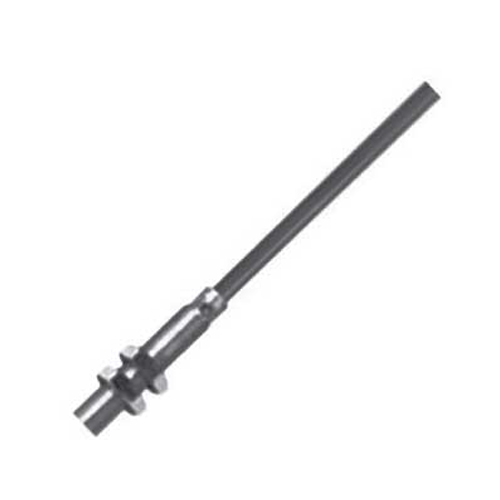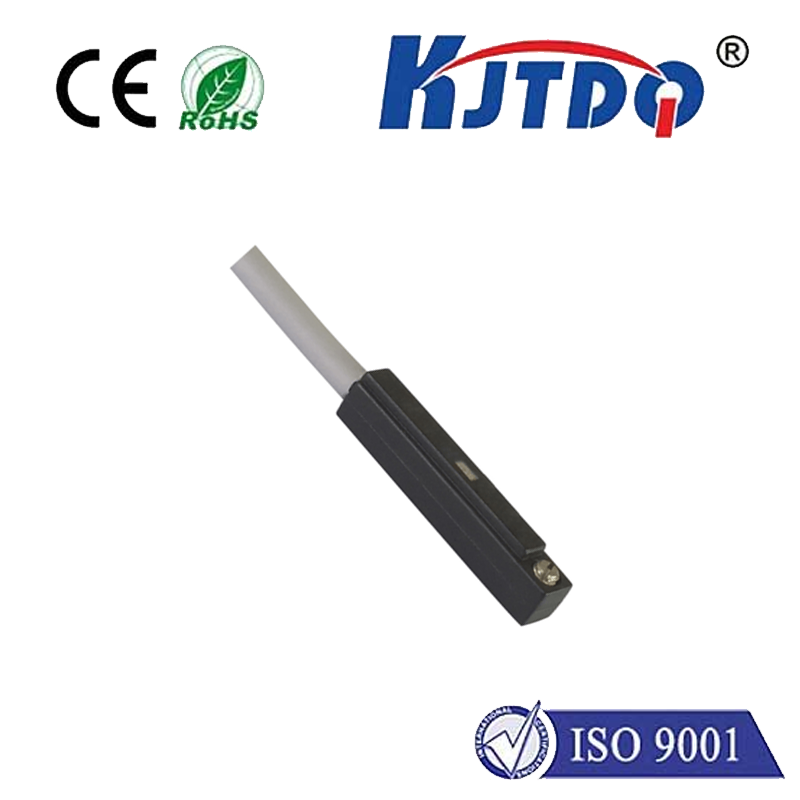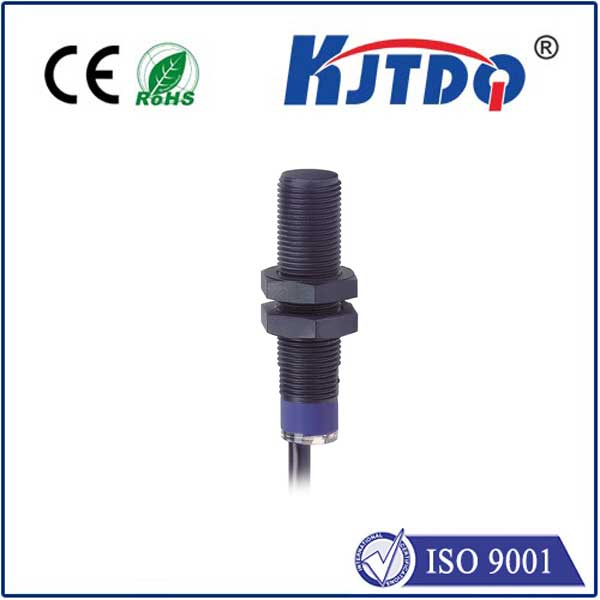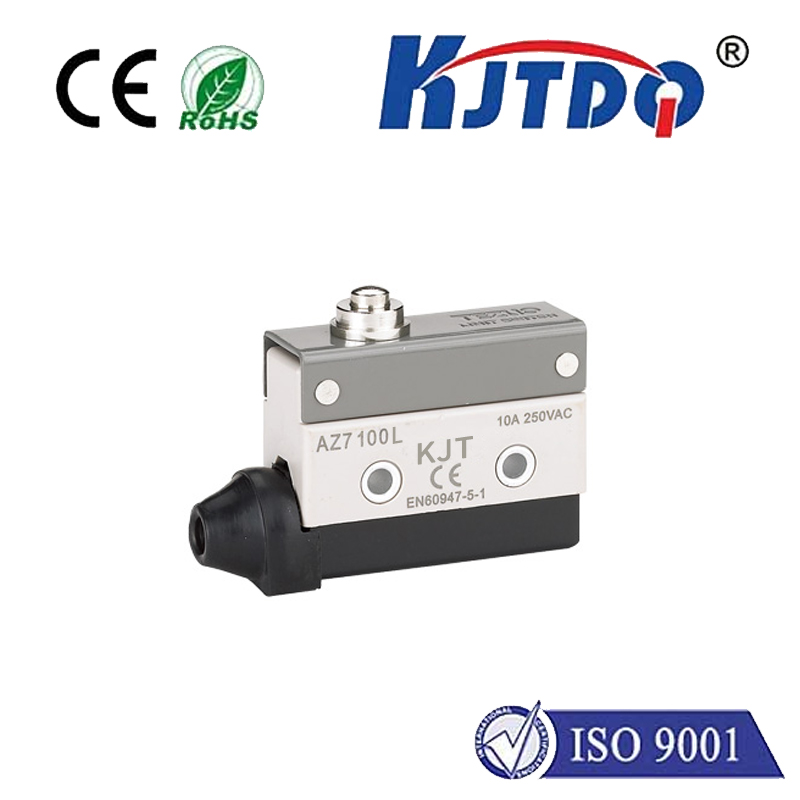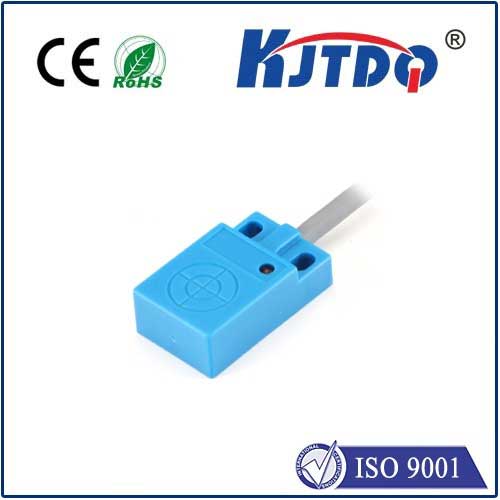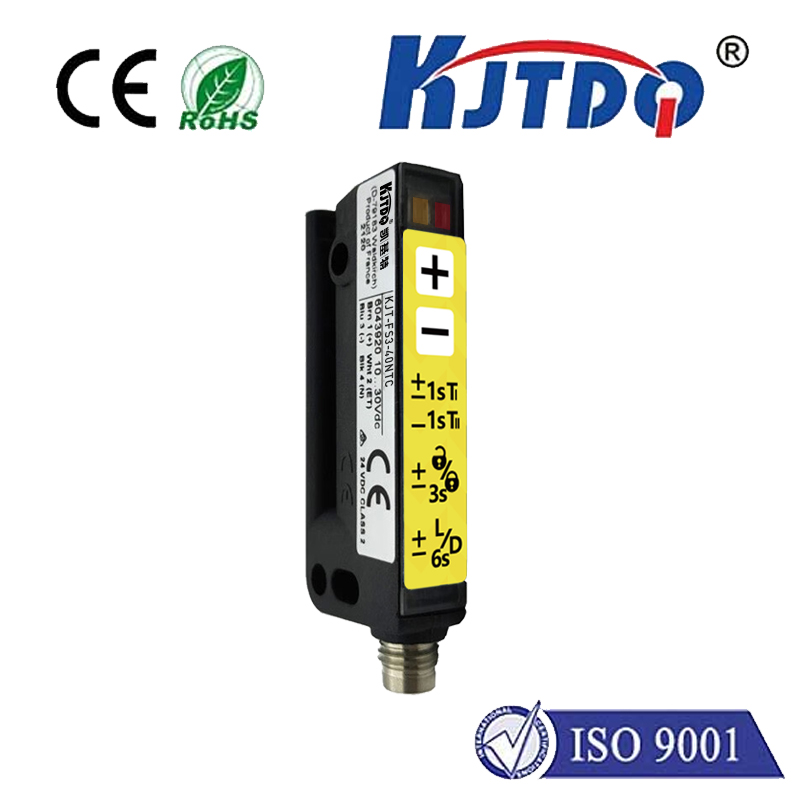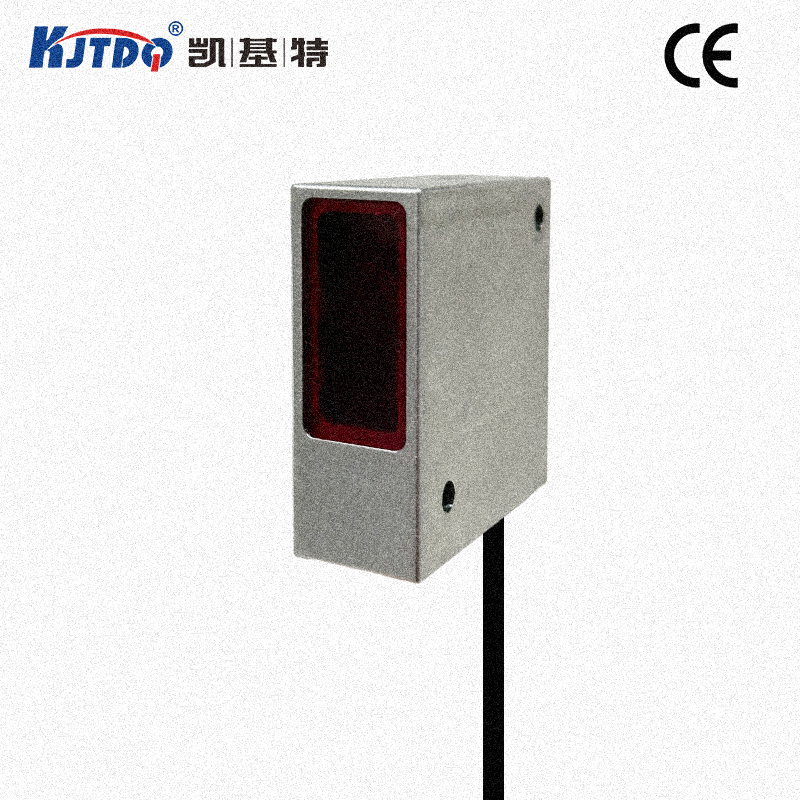usb pressure sensor
- time:2025-08-20 00:48:51
- Нажмите:0
The Indispensable Rise of USB Pressure Sensors: Plug, Measure, Analyze
Title: Why USB Pressure Sensors Are Revolutionizing Industrial Measurement & Monitoring
Imagine wrestling with tangled wires, deciphering cryptic analog signals, or constantly swapping batteries on a critical pressure monitoring task. Now, picture simply plugging a compact device directly into your laptop or PLC and instantly seeing real-time pressure readings, logging data effortlessly, and automating control. This isn’t futuristic fantasy; it’s the everyday reality delivered by USB pressure sensors. These versatile instruments are rapidly becoming the go-to solution across countless industries, transforming how we capture, utilize, and understand pressure data.
Beyond Analog: The Digital Advantage of USB Connectivity
Traditional pressure sensors often require complex signal conditioning, external power supplies, and specialized data acquisition hardware to interface with modern computing systems. USB pressure sensors eliminate these layers of complexity. By integrating the sensor element, signal conditioning, analog-to-digital conversion, and a USB communication interface into a single, often ruggedized package, they offer a fundamentally streamlined approach.
The Core Benefits Driving Adoption

The surge in USB pressure sensor popularity isn’t accidental. It’s fueled by tangible advantages that solve real-world challenges:
- Plug-and-Play Simplicity: This is arguably their biggest strength. Forget intricate wiring diagrams or configuring complex DAQ systems. Connect the sensor via a standard USB cable (often USB-A or increasingly USB-C), install any required drivers (many are HID-compliant, recognized instantly by operating systems), and you’re typically up and running within minutes. This drastically reduces setup time and potential for configuration errors.
- Seamless Power Supply: USB ports provide both data communication and power. This eliminates the need for separate batteries or external power adapters, simplifying system design, reducing component costs, and enhancing reliability, especially for portable or remote setups where power access might be limited.
- Direct Digital Data Stream: Unlike analog sensors requiring separate digitization, USB sensors output digital data directly. This provides inherently cleaner signals, immune to the noise and degradation that can plague analog transmissions over longer distances. Signal integrity is significantly enhanced.
- Effortless Data Logging & Software Integration: Connecting directly to a PC or industrial controller opens a world of possibilities. Dedicated software (often provided by the manufacturer or available third-party) allows for easy real-time visualization, sophisticated data logging to CSV or other formats, setting alarms, performing calculations, and even basic control functions. Integration with platforms like LabVIEW, MATLAB, Python, or custom SCADA/HMI systems is usually straightforward via standard APIs or virtual COM port emulation.
- Portability and Flexibility: The compact nature of many USB pressure sensors, combined with USB power, makes them ideal for mobile measurement tasks, field service diagnostics, educational lab environments, and temporary monitoring installations. Easily move the sensor between different workstations or test rigs.
- Cost-Effectiveness: By consolidating multiple components (sensor, signal conditioner, digitizer, power supply interface) into one unit and simplifying installation/operation, total system cost is often reduced compared to traditional sensor + DAQ configurations.
Where USB Pressure Sensors Shine: Key Applications
Their versatility makes USB pressure sensors invaluable across diverse sectors:
- Laboratory Research & Development: Ideal for benchtop testing, fluid dynamics studies, calibration verification, and prototype evaluation where quick setup and precise data capture are paramount.
- Industrial Process Monitoring & Control: Used for monitoring filtration systems, pump pressures, tank levels, leak testing, compressed air systems, and hydraulic/pneumatic pressures directly integrated into control PCs or HMIs.
- HVAC&R (Heating, Ventilation, Air Conditioning & Refrigeration): Crucial for testing system pressures (refrigerant lines, duct static pressure), diagnosing faults, and commissioning new installations with portable ease.
- Medical & Bioprocessing: Monitoring pressures in fluid lines, bioreactors, sterilization chambers, or diagnostic equipment where clean digital data and portability are beneficial (ensure sensor meets required cleanability/material standards).
- Field Service & Maintenance: Technicians carry compact USB pressure sensors for troubleshooting hydraulic systems, engine oil pressures, fuel systems, and more, using a standard laptop for instant diagnosis.
- Education: Simplifies teaching pressure measurement principles in engineering and science labs, allowing students to focus on concepts rather than complex wiring.
- Test & Measurement Benches: Ubiquitous for verifying pressure switches, transmitters, gauges, and calibrating other instruments.
Choosing the Right USB Pressure Sensor: Key Considerations
Not all USB pressure sensors are created equal. Selecting the optimal one requires evaluating:
- Pressure Range & Type: Identify the minimum and maximum pressures you need to measure and whether it’s gauge (relative to atmosphere), absolute (relative to vacuum), or differential pressure.
- Accuracy & Resolution: Specify the level of precision required. High-accuracy applications (certification, R&D) demand sensors with low total error bands, while monitoring tasks might tolerate slightly looser specs. Resolution determines the smallest pressure change detectable.
- Media Compatibility: The sensor’s wetted materials (diaphragm, O-rings, housing) must be chemically compatible with the measured medium (gas, liquid, potentially corrosive fluids) to prevent damage or inaccurate readings.
- Environmental Conditions: Consider operating temperature range, potential exposure to water/dust (IP rating), and vibration/shock levels. Industrial environments need ruggedized options.
- Output & Sampling Rate: While USB is the physical interface, confirm the digital output protocol (e.g., vendor-specific API, virtual COM port, HID) and its compatibility with your software. Ensure the sampling rate meets your application’s speed requirements.
- Mechanical Connection: The port size (e.g., 1⁄4” NPT, G1/4, 1⁄8” NPT) and type must match your system’s fittings.
- Software & Drivers: Assess the quality and features of the included software. Is it user-friendly? Does it offer logging, graphing, math channels, triggering? Are drivers readily available and compatible with your OS?
- USB Standard & Cable Length: USB 2.0 is generally sufficient for most pressure sensing applications. USB-C offers potential benefits for future-proofing and reversible plugs. Factor in required cable reach; active USB extenders might be needed for longer distances.
The Future: Smart, Connected, and Integrated
The evolution continues. We’re seeing USB pressure sensors incorporating advanced diagnostics, Bluetooth Low Energy (BLE) for wireless flexibility alongside USB, higher sampling rates, and enhanced software features like cloud connectivity for remote monitoring. USB-C Power Delivery (PD) compatibility is also emerging, enabling higher power delivery for sensors requiring it. Integration with broader IIoT (Industrial Internet of Things) ecosystems is a natural progression, solidifying their role as fundamental data nodes.
Embracing the Simplicity Revolution
USB pressure sensors represent a significant leap forward in making sophisticated pressure measurement accessible, reliable, and efficient. By stripping away complexity without sacrificing performance, they empower engineers, technicians, researchers, and maintenance personnel to focus on results rather than infrastructure. Whether it’s optimizing a production line, diagnosing a vehicle fault, conducting critical research, or teaching the next generation, the ability to simply plug in, measure, and analyze pressure data is revolutionizing workflows and driving smarter decision-making across the industrial and scientific landscape. Their rise is not just convenient; it’s fundamentally changing how we interact with the invisible force of pressure.

